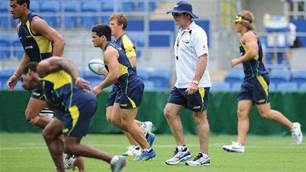In September this year, he completed the Triple Crown of open water swimming, just the 45th person, to achieve the Triple Crown.
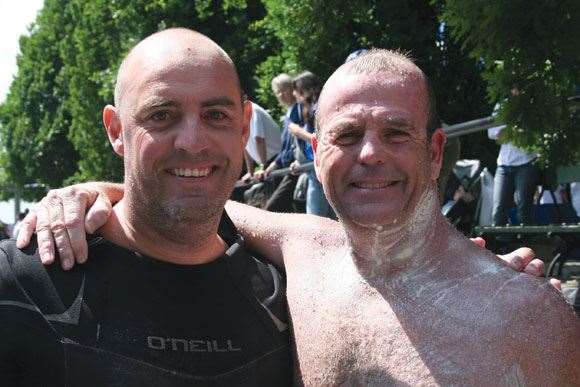
In September this year, he completed the Triple Crown of open water swimming, just the 45th person, to achieve the Triple Crown.
Michael “Murph” Renford represents something of a departure from our regular Drinks With formula. He’s not a household name or a former great or an expert casting opinion - he’s just a bloke with a bloody good story. Without stealing too much of his thunder, Murph is the son of the legendary marathon swimmer Des Renford, who forged his reputation through 19 successful crossings of the English Channel in the ‘70s and ‘80s. In 2006, six years after his old man’s death, Murph decided to honour his memory by crossing the 34km Channel himself. That swim sparked something in the Sydneysider. Three years later, he finished the Manhattan Island race (46km), finishing third behind the Australian pair of John van Wisse and Penny Palfrey. In September this year, he completed the Triple Crown of open water swimming (an achievement roughly analogous to, say, mountaineering’s seven summits) with a successful crossing of California’s Catalina Channel (34km). It’s an exclusive club – Murph’s just the 45th person, and the third Australian, to achieve the Triple Crown. Inside Sport cornered him at a Coogee cafe to have a yarn. His best mate and support paddler, Tony “Bonehead” Johnston, came along to embellish a detail or two. Here’s their story.
As the son of legend-of-the-scene Des Renford, I guess marathon swimming was all but an inevitable pursuit for you?
It sounds weird, but I’m actually an accidental marathon swimmer. Even though I’m Des’ son and there were a lot of expectations on me, I had no intentions whatsoever of getting into the sport. I dabbled in it in the early ‘90s when Dad conned me into a four-way relay crossing of the Channel, but I didn’t really enjoy it, to be honest. But in late 2006, at 45 years of age, on what would’ve been Dad’s 80th birthday, I took a redundancy from work, got a good payout and said to my wife: “I think I want to swim the English Channel.” At the time she was seven months pregnant and I had no job. She just stared at me. So I said, “And maybe after the swim we can live in France for a few months?” She said, “Start training.” She got her villa in the south of France for four months ...
Did your father complete the Triple Crown?
There wasn’t really a triple crown around in those days. It’s something that’s only really become prominent in the early 1990s with the growth of marathon swimming. In the 1960s and ‘70s, when Dad was swimming, I’m not sure he was even considered a sportsman. He certainly thought he was a sportsman, and there’s no doubt he was, but there was a novelty about marathon swimming in those days. Now things have taken a much different direction ‒ it’s even an Olympic sport.
You first had a crack at the Triple Crown back in 2009 with your initial attempt at the Catalina Channel ...
Well, I wasn’t really aware of the significance of the Triple Crown until I’d swum the English Channel and Manhattan Island, and a couple of American friends suggested I have a shot at the Triple Crown. So I started Googling and discovered there’ve only been two Aussies who’ve done it ‒ James Pittar, a blind marathon swimmer, and Penny Palfrey, a remarkable swimmer who’s doing some extraordinary things out in the open water. I thought, “I know these two swimmers, I admire them, and to be number-three behind them would be fantastic.”
So in 2009 I went over for my first attempt in what can only be described as perfect conditions. We were gifted a beautiful night. But a combination of food poisoning from a wild mushroom risotto I ate just before the swim and also a nasty bout of sea sickness pushed me over the edge. I started vomiting about an hour in, after the first feed, and that continued for the next three and a half hours. At that point I made my own decision to pull the pin ...
[Tony interrupts: “But it wasn’t just normal vomiting. It was violent. I’m telling you, you’ve never seen anything like it. It was every third or fourth stroke. Incredible ... ”]
I was disappointed after that, but it was never something that played on my mind. It wasn’t unfinished business; it wasn’t something that was going to sit with me for the rest of my life. But then my wife asked me if I wanted a party for my 50th birthday. Not really ... Then she said, “I think you should go back and do Catalina.”
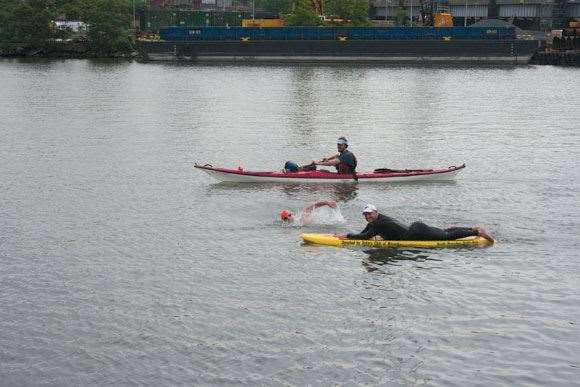 photos courtesy of Michael Renford and friends. Main image by Aaron Scott.
photos courtesy of Michael Renford and friends. Main image by Aaron Scott.And from there everything that could go wrong did go wrong?
Well, in marathon swimming, your boat pilot is absolutely crucial. And for this Catalina swim I’d organised a guy called John Pittman – everyone told me John’s the best pilot at Catalina. So I booked him. But then, when I called him three days out to talk about the logistics of the swim, he told me that he wouldn’t be taking me. Instead, he’d handed the job to his second-in-command, Jeff. Now, in open water swimming, you need that confidence in the person in the boat. You need that bond between pilot and swimmer. So, for me, that was a real mental setback. That was the first little chink.
Anyway, the swim invariably starts at midnight, because mid-morning an off-shore wind springs up and that can make it very difficult to reach the mainland, so you swim at night, when the wind’s down and the water’s calmer. Normally swimmers come over at 8pm for the midnight start, but because Tony and I both suffer from sea-sickness, we went over at lunchtime, so we could anchor in the harbour and not be worried about feeling crook. So, it’s a beautiful day, we anchor in the harbour, have lunch, relax ...
Then, eight o’clock at night, we get a call from Jeff on the pilot boat back in harbour on the mainland. And he says the weather’s not great, he doesn’t want to leave the harbour and he doesn’t think the swim should go ahead. I couldn’t deal with it. I just handed the phone to the skipper of our boat. He spoke to the pilot for a couple of minutes, then hung up the phone and said, “Well, look Murph, I’ve convinced him to come out here. “ That’s when the weather turned ...
[Tony interrupts: “Mate, bingo, it was on. Lightning, rain ... Absolutely out of control.”]
Which must be disastrous for the swim?
Well, if you swim the English Channel, you get a six-day window of opportunity to complete it. You don’t get that at Catalina. You get the day you’ve booked and that day only. If you don’t swim, it’s over. So there’s a lot more pressure to go in unfavourable conditions.
Anyway, the pilot boat eventually pulls in at Catalina around 12:30am. We jump onboard, do the pleasantries, then the pilot says, “Look, I’m going to be frank with you: I don’t think the swim should go ahead. But if you do decide to go ahead, then know this: these will be the worst conditions we’ve taken a swimmer across in all season.” Then he looks at me and says, “So what do you want to do?” I was just ... [shakes his head]. You know, marathon swimming is such a mental thing. And at that point I was a basket case. I’m preparing to get in the water for a ten-hour swim and my head’s just spinning.
To be honest, the pilot on the boat didn’t know me from Adam, and I don’t think he thought I was the real deal. I reckon he was thinking, “Here’s a bloke who could only get halfway across two years ago in perfect conditions. Now we’ve got a horror night.” I’m not so sure the pilot and his crew had much faith in me. And that was probably warranted to a certain degree ...
Anyway, when he asked me what I wanted to do, I said, “Well, what are my options here? I can’t come back tomorrow. I have to swim.” His response to that was a really blase, “Yeah, okay, we’ll set off and see how long you last ... ” So I greased up and at one o’clock in the morning I jumped in ...
How was the weather at this point?
Well, for the first 20 minutes we were protected by the island, and it was absolutely beautiful. But as soon as we lost that protection, it started to get rough. Extremely rough ...
[Tony interrupts: “Rough? The conditions were outrageous! You can’t even explain to people how bad it was. It’s the middle of the night, pitch black. We’re getting smashed by waves. There’s wind like you wouldn’t believe. There’s rain, there’s lightning. It was like going for a swim at Bondi, on a six-foot, south-swell day, and staying out there for nine hours. We were getting smashed.”]
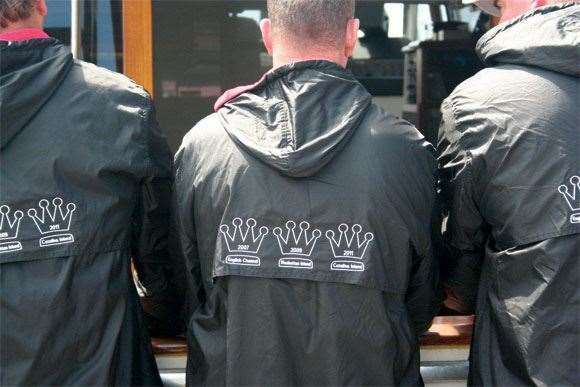 photos courtesy of Michael Renford and friends. Main image by Aaron Scott.
photos courtesy of Michael Renford and friends. Main image by Aaron Scott.What sort of mental state were you in?
After an hour, at my first feed, I realised it wasn’t good. I suddenly thought: “The pilot was right. This swim’s not on. It’s simply not on.” I’d convinced myself by the one hour mark that I was not capable of doing this swim. It’s not a good place to be – I’m 31km off the coast of LA and I’ve made the decision that the swim’s not possible ...
It’s interesting: most people who do endurance events like this set themselves up for success. The mentality’s all about positive thinking. Well, here I am, just started this swim, getting battered, and I’m a shot duck. All I could think about was defining in my own mind what an acceptable failure was. As ridiculous as that sounds, I was thinking: “If I stay in the water for two hours, what will my friends and family back in Australia think? Will they think, ‘Yeah, he gave it a good crack?’ Or will they think I was piss-poor?” You know, there’s no manual on what’s an acceptable failure. Three hours? Four hours? We feed every half hour out there, so I was basically surviving in half-hour blocks, from feed to feed ...
When did you know for sure that you’d make it?
Well, a couple of good things happened around six o’clock. Firstly, the sun came out, which is an amazing thing when you’ve been swimming through the night. Secondly, the wind died down and the swells became smoother; they weren’t capping and breaking anymore. And while I’d been a basket case mentally during the night, physically I’d held up pretty well. Five hours of buffeting really hadn’t taken any physical toll on me at all. So at a quarter past six I knew I would finish that swim.
And you had your Dad’s wedding ring tied to your togs?
Yep, and I also had it on my togs when I swum the English Channel back in ’07. Just a triple knot on the cossies ...
How did that Catalina Channel swim compare to your English Channel and Manhattan Island swims?
I think the big factor with my English Channel swim was the unknown. I was just shy of my 45th birthday, and in training leading up to that swim the longest I’d swum was six hours. Now, the Channel ended up taking 12 hours, 10 minutes. So at the six hour mark I was suddenly in this huge unknown. How’s my body going to react? How’s my mind going to react?
Manhattan, on the other hand, wasn’t a hard swim. It’s 46km, but it’s extremely tidal, so you absolutely fly around the island. The wonderful thing about that swim was that I proved I had a bit of pace. That year, a great Australian swimmer called John van Wisse won the race in 7 hours 10, Penny Palfrey came second in 7:18, and I came third at 7:28. So I was competitive with two world-renowned endurance swimmers. Am I the quickest swimmer in the world? No. Can I hold myself in fairly elite company? Well, I guess the answer in that race was, yes.
Each swim has its own merit. Catalina was the hardest, but I’m proudest of the English Channel. That’s the Everest of marathon swimming ...
What’s next?
Well, down here in the South Pacific, our version of the English Channel would be the Cook Strait, between the north and south islands of New Zealand. Kilometre-wise, it’s shorter than the other three swims in the Triple Crown ‒ it’s about 28km, I think - but with weather, tides, currents, water temperature, it can be a very tough swim ... I’d like to do a swim in this part of the world, and that’s certainly a swim that appeals.
-Aaron Scott
Related Articles
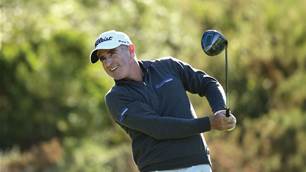
Video interview: Drinks With ... Matt Millar
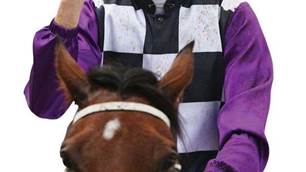
A few drinks with jockey Hugh Bowman
